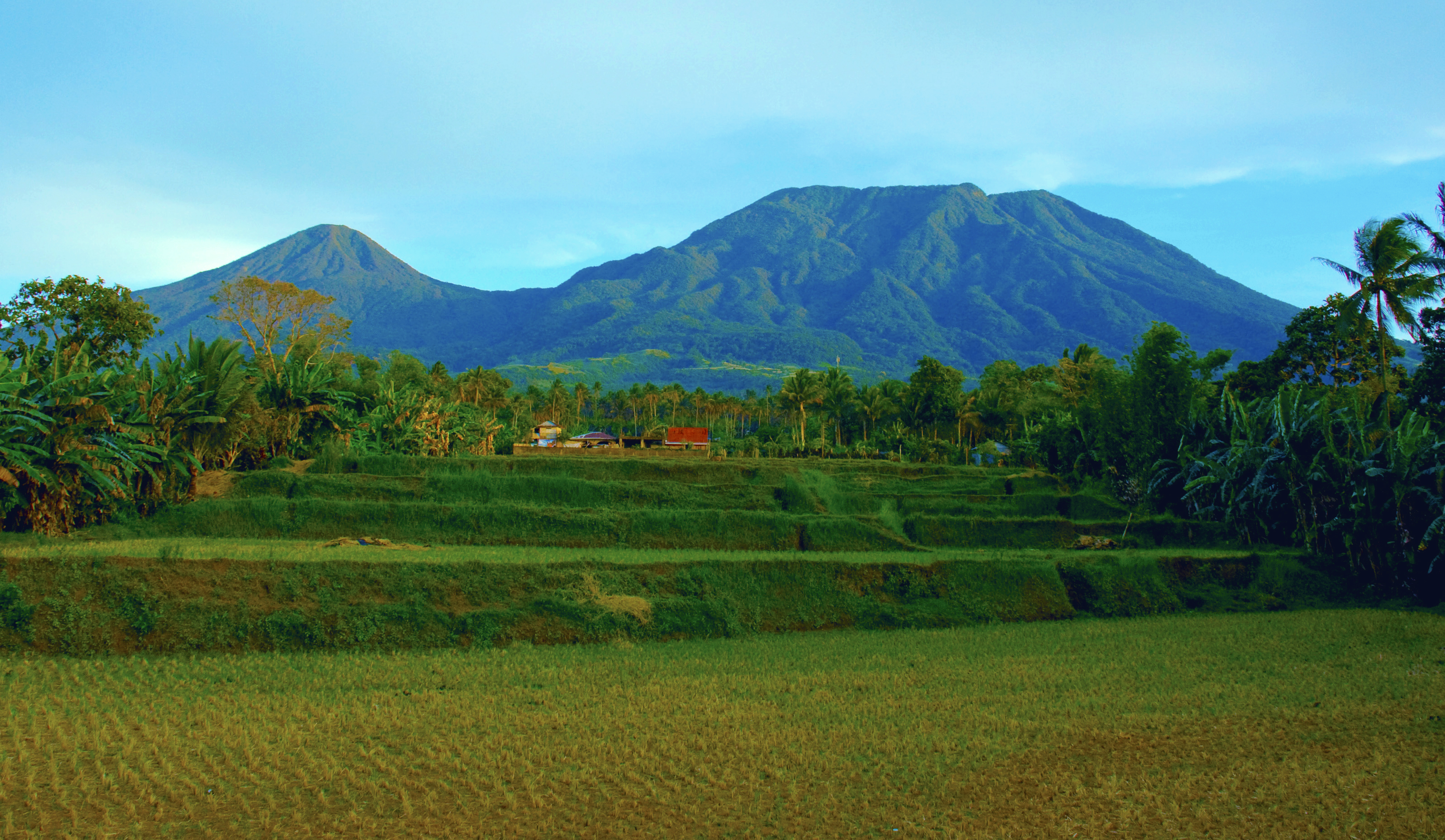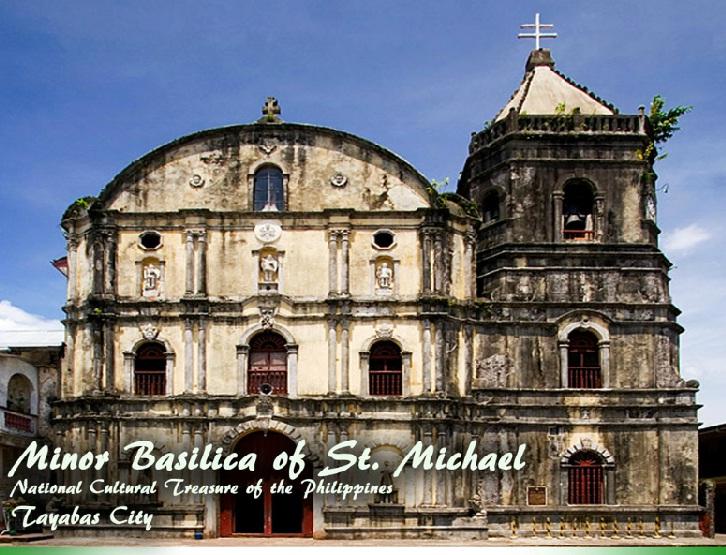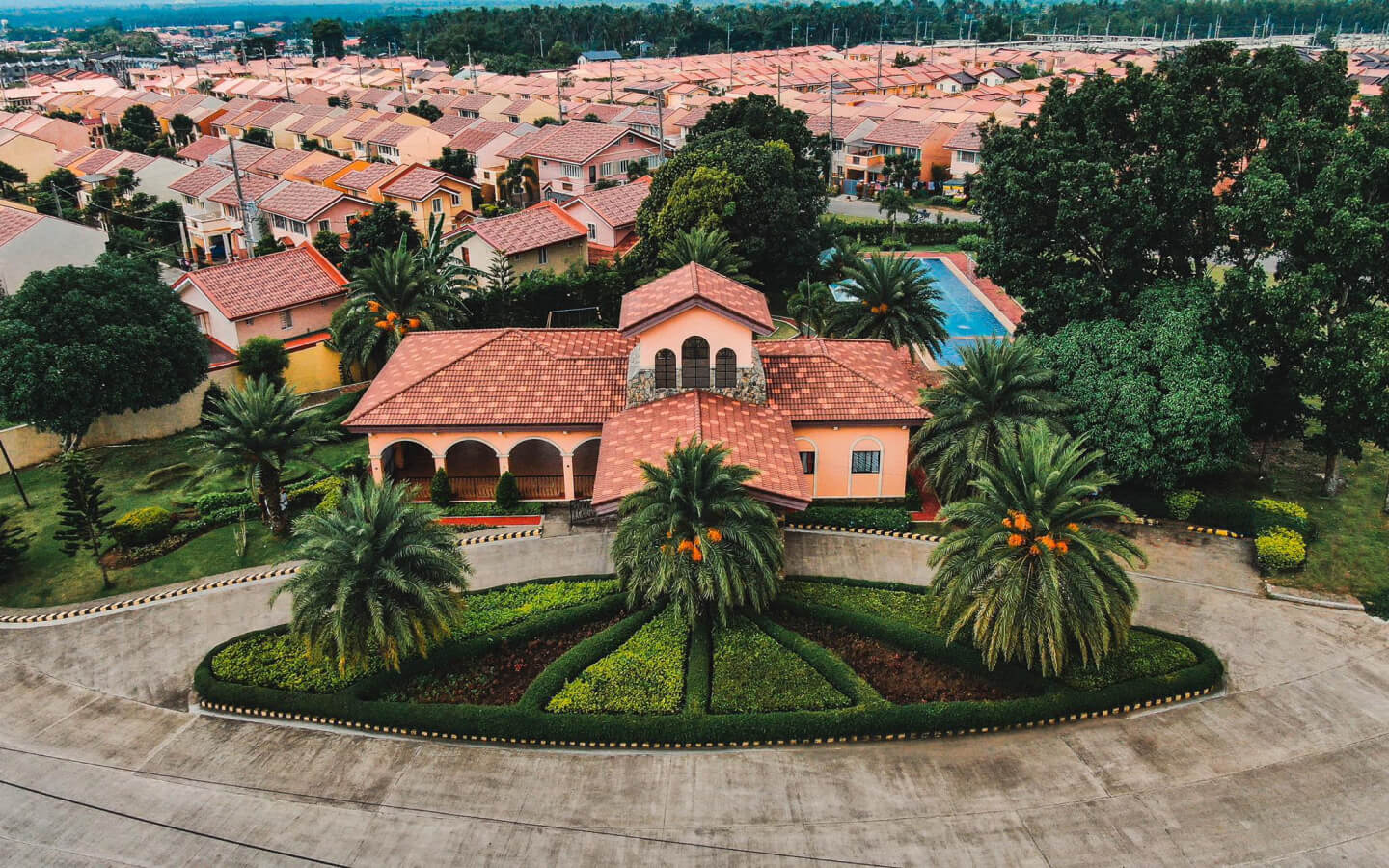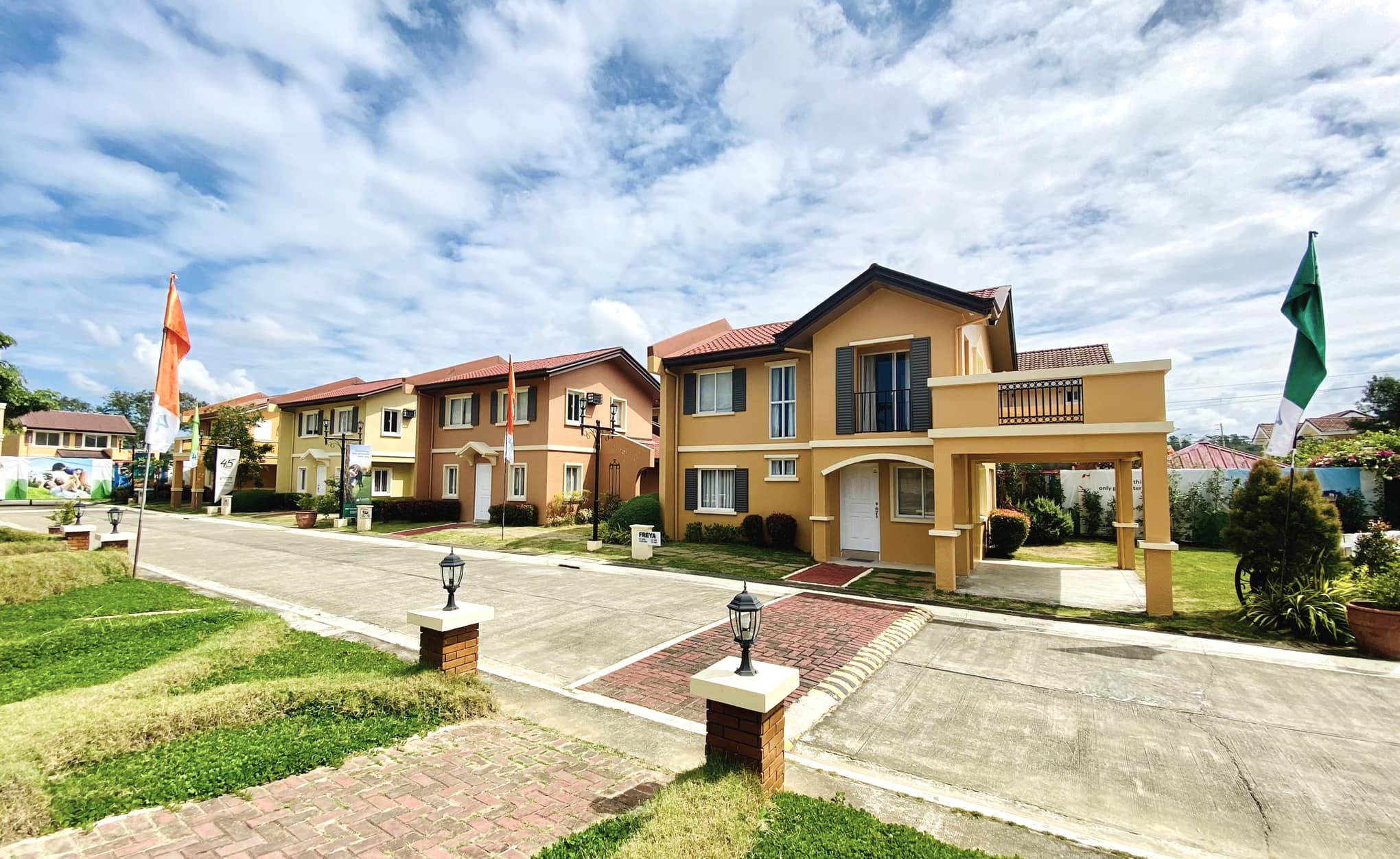
Tourists often describe the Philippines as a heaven on earth. A destination graced with outstanding mountain peaks and spectacular tides. Indeed, it is a remarkable place to be.
However, what is more interesting about the country is how it takes its visitors on different adventures and introduces them to different experiences daily.
Beyond the sun-kissed beaches of Boracay, the world-class splendor of Palawan, and the cozy familiarity brought by Baguio, there is much more for tourists to meet in the Philippines.
Whether you are an adrenaline junkie looking for your next target peak to concur, a history enthusiast, or just someone looking for a chance to take a break from the stress and rush of the metropolis, the Philippines offers you one of its most scenic and culturally rich provinces called Quezon Province.
Embrace nature by witnessing the holy Mount Bahanaw, go island hopping on Quezon’s army of unspoiled islands gracing the province with unique and tranquil havens, and relax and restore your mind and body in one of Quezon’s baroque churches.
A magnificent province in southern Luzon just a few hours from Metro Manila, it is an ideal weekend getaway destination. Get welcomed by Gateway to the South, Lucena City, the provincial capital of Quezon Province.
It is a highly urbanized and the province’s most populous city that is the gateway to other provinces’ destinations, including Cagbalete Island, Alabat Island, Alibijaban Island, and Polillo Island.
These islands are known for their crystal clear waters, pristine beaches, and diverse marine life, making them a popular tourist destination. While the capital city is a hub of activity, the rest of the province is a rich and diverse expanse of land that has earned its moniker in more ways than one.
A Look at Quezon Province
Quezon province falls in the CALABARZON Region of the Luzon Island. Upon its creation in 1591, Quezon Province carried the name Kaliraya or Kalilayan, a derivative of the word “lilay” which is a Palm tree variety in abundance in the area. By mid 18th century it was changed to Tayabas.
Right after, it was renamed Quezon, its current name, to honor the second president of the country, Manuel L. Quezon who hailed from the province. Lucena, a highly urbanized city, is the provincial capital and governed independently from the province.
Quezon lies southeast of Metro Manila and bordered by the neighboring provinces of Aurora to the north, Bulacan, Rizal, Laguna, and Batangas to the west. To its east are the provinces of Camarines Norte and Camarines Sur.
Deemed “The Land of Thousand Colors”
Have you ever wondered why Quezon Province is known as the Land of Thousand Colors?
Is it because of the breathtaking scenery the minute the quezon boundary arch welcomes you? The vibrant colors of nature it breaths into the country, or perhaps the moniker adheres to its people, the way they celebrate life and culture, the way they blend flavors that bring smiles to everyone’s faces.
Perhaps we can only really comprehend Quezon province as the land of a thousand colors through witnessing and experiencing its culture, traditions, and people.
Beyond its plethora of tourist sites and hearty delicacies, the province of Quezon is known for its hardworking people, as evidenced by its motto, “Walang Tamad sa Quezon.”
This hardworking attitude is especially evident during Holy Week when the province becomes a hub for the pilgrimage of the faithful.
Many devotees come to the province to visit the numerous churches and religious sites that can be found throughout the region. A melting pot of different cultures and traditions.
The northern Quezon is mountainous and is home to several indigenous communities, while the flat south-central portion is where most of the population resides. Experience the burst of awe-inspiring traditions and experiences as we dive deeper into the land of thousand colors— Ang lalawigan ng Quezon. (The province of Quezon)
Major Tourism Draw
Picturesque Mt. Banahaw

Quezon Province is a true gem in the Philippines, boasting many majestic sights that will leave you in awe. One of the most breathtaking sights in the province is the picturesque view of Mt. Banahaw.
This mountain is a natural landmark formerly called Monte de Majayjay and Vulcan de Agua because of the springs surrounding it. It is classified as one of the active volcanoes in the country and is a stratovolcano with a record of three eruptions, 1721 being the last recorded.
Mt. Banahaw is shrouded with spiritual mysticism due to the presence of Anitist adherents, cults and organizations placing a stake in the mountain.
It is considered one of the sacred sites even before the arrival of Spaniards. Because of this, numerous pilgrims visit the mountain to pay homage, especially during Holy Week.
If you want to experience this beauty up close, visit Bankong Kahoy Valley in Dolores, Quezon. This nature retreat center is nestled between Mt. Banahaw and Mt. San Cristobal, dubbed as “the devil’s mountain” in Philippine Folklore and Mt. Banahaw’s (commonly recalled by locals as the Holy Mountain) so-called alter ego.
Bangkong Kahoy is a perfect place to relax with your loved ones while enjoying nature’s most delicate offerings. The name “Bankong Kahoy” translates to “wooden bench” in English, and it is easy to see why.
The center is surrounded by lush greenery and has several wooden benches where you can sit and enjoy the beauty the nature of Quezon has to offer. A visit to Bankong Kahoy Valley is an experience that you will never forget
Stunning Beaches

Apart from the majestic Mt. Banahaw, this province has stunning beaches in store for every local and tourist. Suppose you think the scenic beaches of the Philippines stop with famous destinations such as Boracay, Siargao, and La Union.
In that case, you might have to think outside the box, perhaps towards the southern part of Luzon, as Quezon province prides itself on serene islands waiting, welcoming tourists with a pair of warm and relaxing views. More than the stunning beaches, Quezon also boasts one of the world’s marine biodiversity.
The municipality of San Andres in Quezon Province is located east-southeast of Lucena City. The town of San Andres is home to Alibijaban Island in Ragay Gulf where waters and sceneries are unspoiled.
One of its neighboring towns, San Francisco, situated at the tip of the Bondoc Peninsula, facing Sibuyan Sea in the west, offers breathtaking views of mountains and hills with a narrow coastal plain. It is also where you can find the Kulong Kulong beach resort.
Enjoy clear waters and fine sand on some of the region’s islands. If you want a quiet place away from the crowd and the city, you may want to visit Jomalig Island. If you prefer a luxurious stay in the province, how about being a member of Balesin Island? Locaed in Polillo Islands, Quezon, it is one of the most expensive private resorts in the country.
Lush Fields

Quezon Province is renowned as the Coconut Capital of the Country due to its impressive coconut production. The region is home to abundant coconut, which is utilized in various ways.
One of the most popular products that originated from Quezon Province is lambanog, a local wine made by fermenting coconut sap.
Villa Escudero Plantations & Resort in Tiaong, Quezon, is a must-visit destination in the province. This resort offers a unique opportunity to explore Quezon’s rich culture and history through its amenities and activities.
In addition to its coconut production, Quezon Province is also a significant palay producer, with vast rice fields spreading across the region.
Historic Places of Worship

Aside from the province’s rich natural resources and natural wonders, Quezon is also known for its historic churches and places of worship. One of the province’s oldest and most famous churches is the Minor Basilica of St. Michael the Archangel, commonly known as Tayabas Basilica. It is located in the Tayabas province that holds the Tayabas Bay.
This church is unique because of its key-shaped architectural structure. Tayabas Basilica is part of the National Cultural Treasures of the National Museum because of the history of how it was built, destroyed, and restored.
Aside from churches, Quezon Province is famous for its pilgrimage site, Kamay ni Hesus. Locals and tourists frequent this shrine during the Lenten Season and even during regular days. It is the perfect place to reflect and heal their minds and souls.
Colorful Festivals

Pahiyas sa Quezon
“Quezon Naman!” —a resounding call for perpetual enhancement and an earnest entreaty for limitless abundance. Immerse yourself in the most vibrant festival, the Pahiyas Festival in Quezon, a thanksgiving celebration for bountiful harvest.
Plan your visit to Quezon around May and partake in this lively celebration, which takes place annually, to express gratitude for a plentiful harvest. The term “Pahiyas” translates to “precious offering,” signifying the profound reverence for their patron saint, San Isidro Labrador, the protector of farmers.
During this festive occasion, the residents adorn their homes and properties with an array of fruits, vegetables, crops, and flowers, transforming the entire vicinity into a breathtaking kaleidoscope of colors.
Additionally, people proudly showcase their carabaos and ornate floats, further infusing a genuine local flavor into the festivities.
Malagkit Festival
One of the more important and interesting municipalities of Quezon Province is San Antonio, located in the westernmost part of the province. San Antonio traverses Quezon and Batangas and boasts en efficient national road that links Tiaong and Lipa via Padre Garcia. Due to its location, several resorts and leisure farms operate for the enjoyment of locals and visitors alike.
It is one of the more progressive barangays of Tiaong, Quezon where pioneer inhabitants cultivated the fertile land and is now sowing the rewards of the land. Known for its production of Sinturis Juice, pasteurized Philippine Orange mixed with sugar, it also holds the Malagkit Festival where different native delicacies are featured.
Savory Cuisine
When there is a fiesta, food festivals will surely follow! Yes, you have read it right. Nothing lets you experience Quezon better than their mouth-watering dishes. One of Quezon Province’s famous delicacies is their Pancit Habhab, a local noodle dish in Lucban, Quezon.
The name “habhab” translates to eating with one’s mouth—an appropriate name for the cuisine.
Another province favorite is Lucban Longganisa, a Filipino pork sausage with a garlicky and salty taste. This is perfect for breakfast paired with fried rice and sunny side up.
Next on the list is the province’s local version of meatloaf, Hardinera. This one is usually served during town fiestas and other special occasions.
To finish our list, your meal cannot be complete without dessert. If you have a sweet tooth, Quezon Province has a dessert selection that will satisfy your cravings. Our top recommendation is yema cake, made from sponge cake topped with yema frosting and grated cheese.
Rodillas, a small bakeshop in Tayabas City, first introduced this delicacy. It then became a bestseller, and now, the bakeshop has expanded branches and outlets outside Luzon.
Whether you are a Pinoy traveler or global visitor wanting to explore the rich cultures in the country, Quezon province will not disappoint.
A Vibrant Community

Adding to the rich culture and tradition of the province is a vibrant community in the Southern Tagalog Heartland—Camella Quezon. Camella Quezon is a Tuscan-inspired community located at Brgy. Isabang, Tayabas City Quezon.
This community embraces Italian elegance and Filipino sensibility, offering its homeowners an elevated and quality lifestyle.
Camella Quezon is the perfect place to start your family. Strategically located close to hospitals, schools, places of worship, transportation hubs, and malls.
It also has access to modern developments and infrastructure, such as the ongoing SLEX TR4, Manila South Road, Lucena Underpass, Eco-Tourism Road, and Diversion Road surrounding it.
Camella Quezon is near everywhere you need and want to be.
Quezon Province is indeed a province gifted with natural wonders. It is home to several scenic spots in the Philippines, both natural and man-made. The Land of Thousand Colors is rich in culture, tradition, and natural attractions.
And this is something every Filipino can be proud of. Camella Quezon is a testament to the remarkable vibrancy Quezon Province offers. As Quezon celebrates and embodies its name as the land of a thousand colors, Camella Quezon embraces its palette of diversity and warmth.
In Camella Quezon, every home tells a story and collectively paints a beautiful picture of unity and belongingness within the community.

Check out our House and Lot for Sale Properties
Discover our house and lot for sale properties in the Philippines


